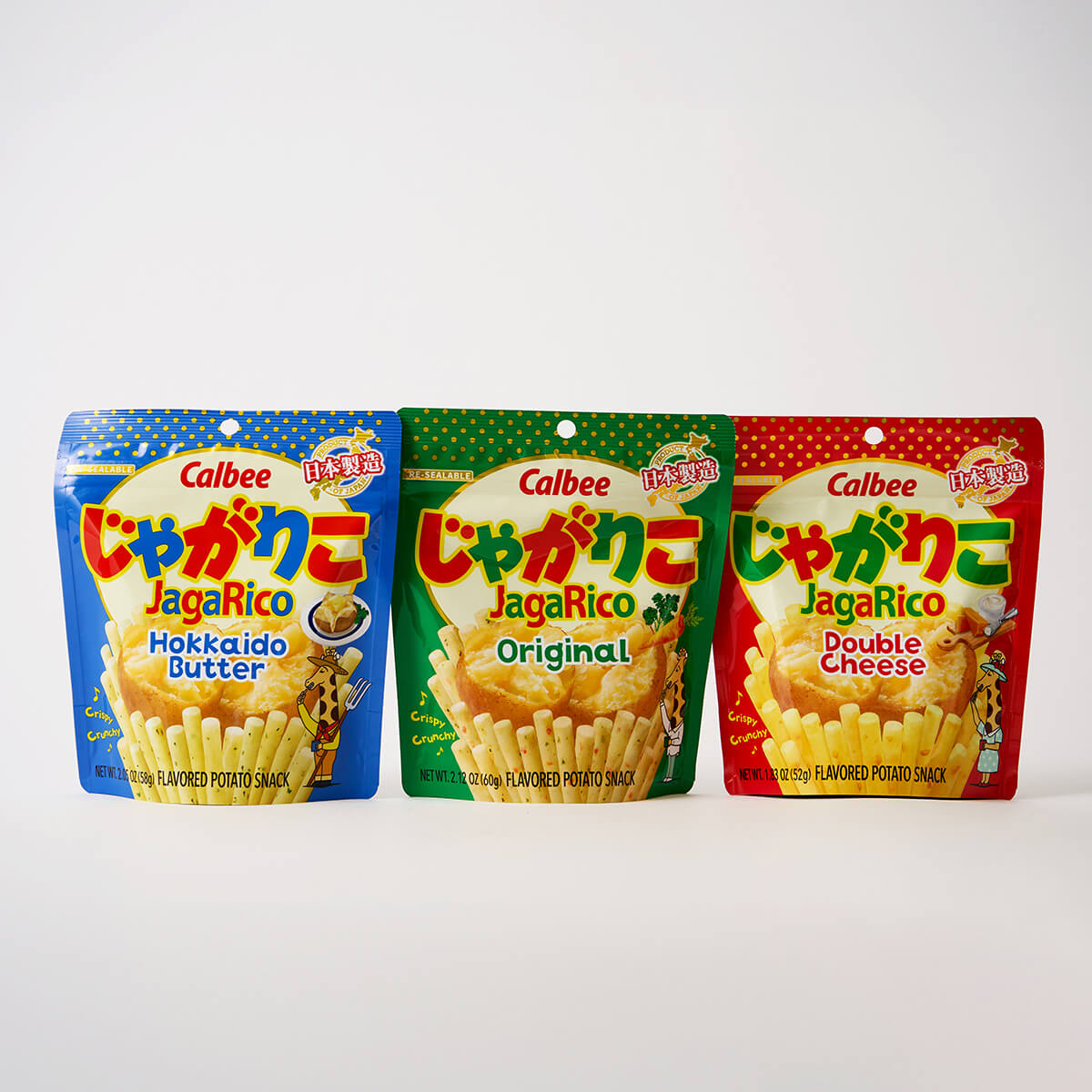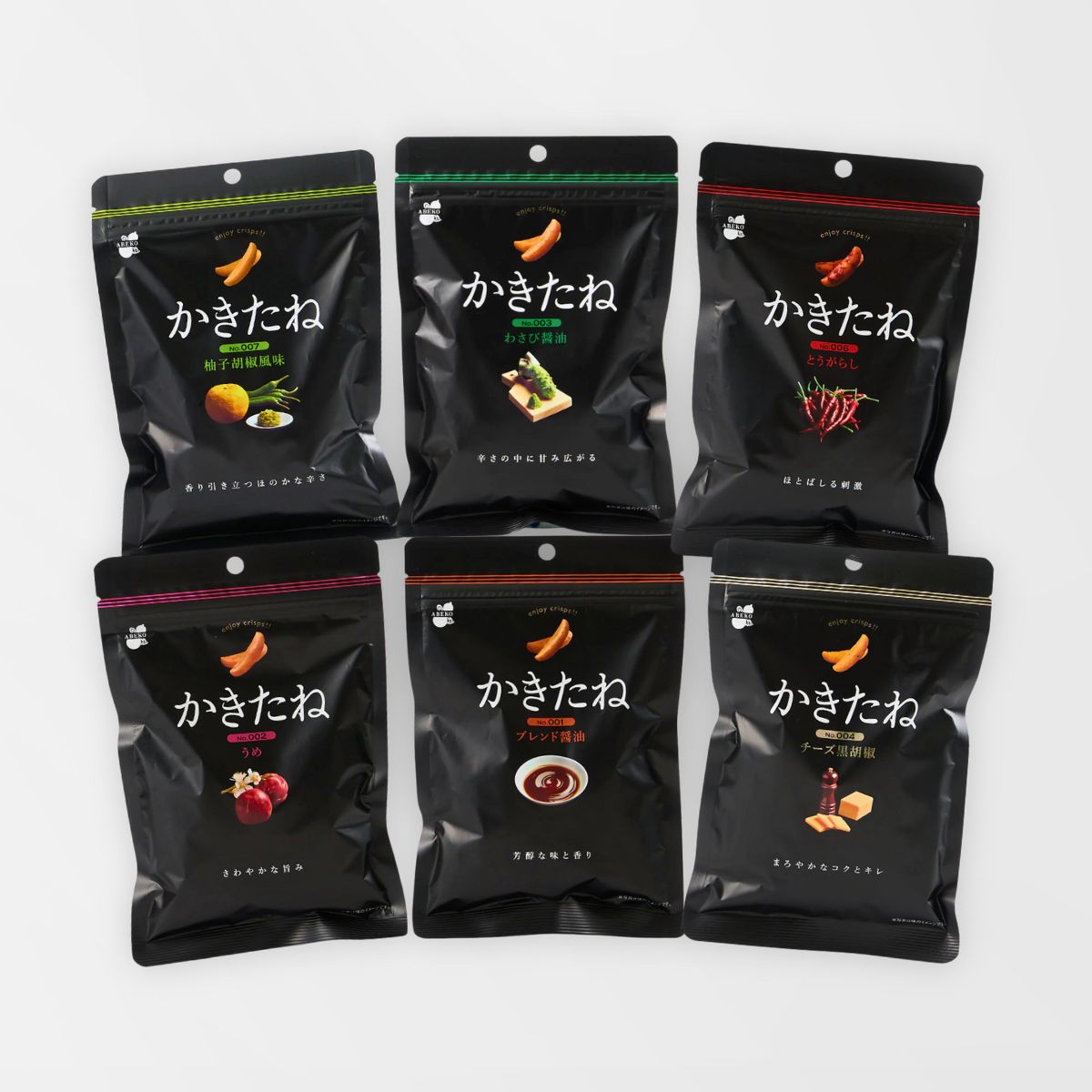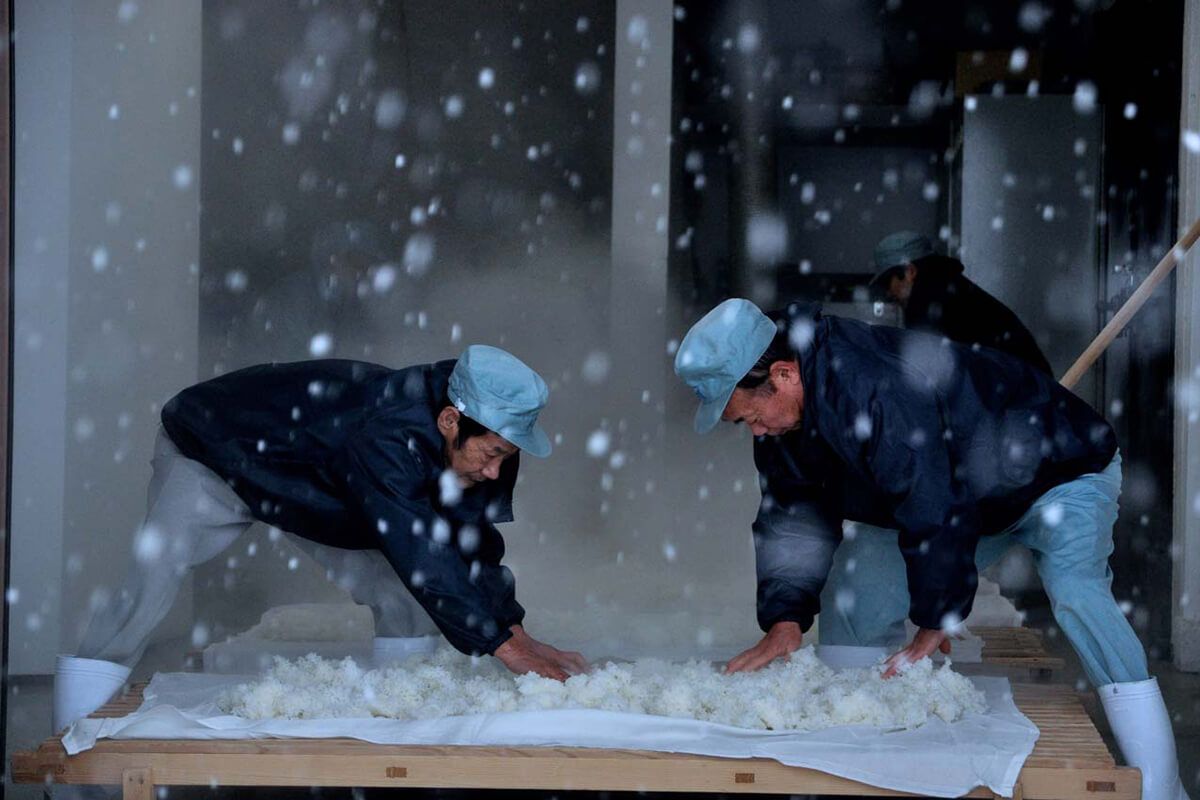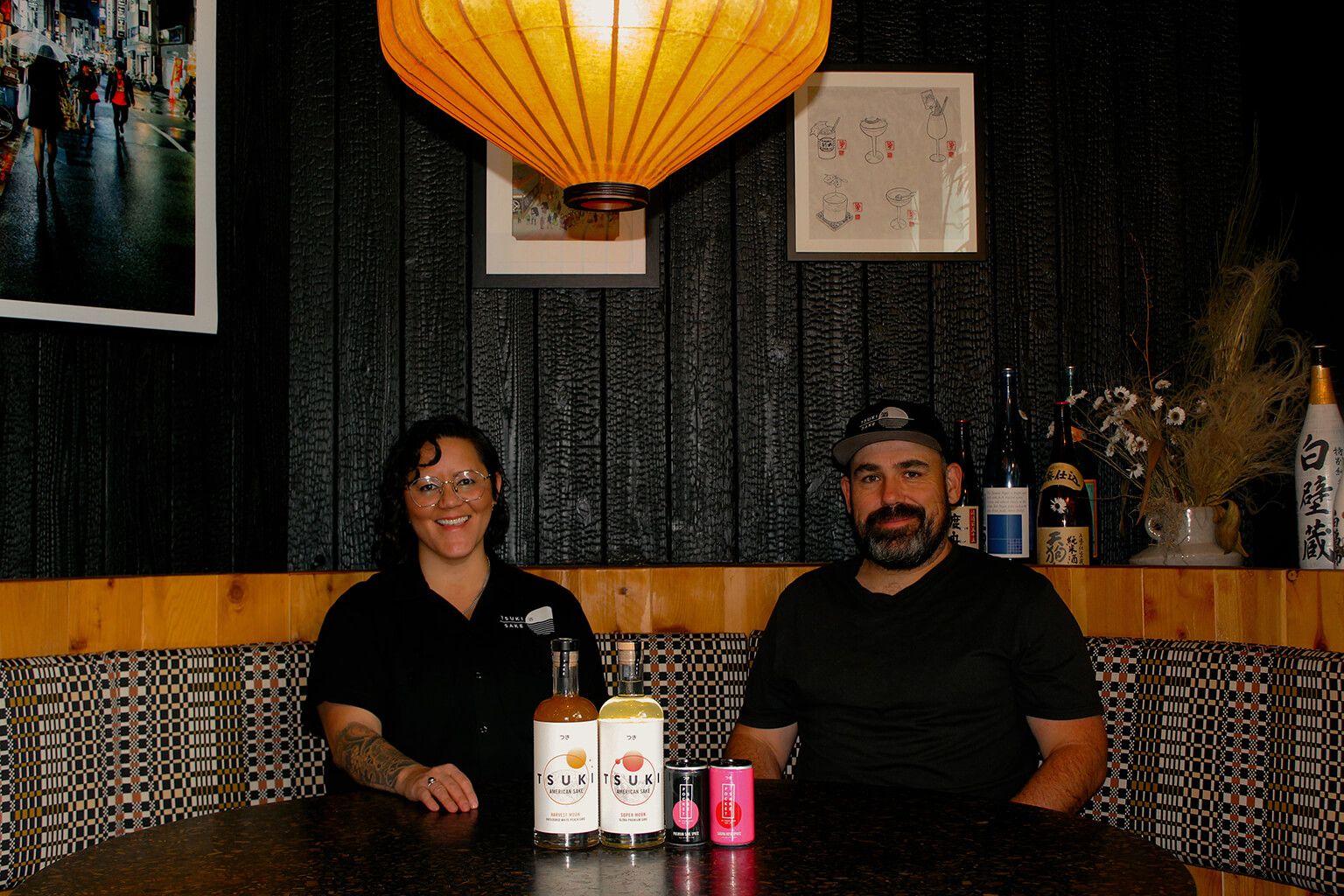Kimchi udon is a popular item on izakaya menus, usually served as a shareable tapas-style dish. The origin of kimchi udon is unknown, but it is believed to have some roots in Fukuoka prefecture. Kimchi udon is considered a fusion dish where traditional Japanese udon noodles meet Korea’s staple food, kimchi. It offers a delightful sourness and spiciness blended together with dashi’s umami flavor, making it a perfect pairing dish for a variety of sake.
Once you have all the ingredients, kimchi udon is very easy to make, requiring only 10 minutes or less. This article will cover the recipe and the suggested sake pairings from Tippsy’s sake portfolio.
What are udon noodles?
Udon, pronounced “oo-daan,” is a type of Japanese wheat flour-based noodle commonly used in soups and stir-fried dishes. It has a white color and is usually thicker than other types of noodles, with a unique, chewy texture.
Where can I buy udon noodles?
Udon noodles can be found easily in many supermarkets. Non-Asian markets will most likely carry dried noodles in the Asian ingredients section, but when you go to Asian markets such as Nijiya, Mitsuwa, H Mart, and 99 Ranch Market, you will find more varieties including dried, fresh, and fully cooked frozen ones. Frozen udon is very easy and convenient for cooking, so it is highly recommended if you are looking to save some time.
What is yaki udon?
“Yaki” in Japanese can mean “heat,” “bake,” or “grill,” but in this case it means “stir fry.” It involves oil and savory sauce, as well as other ingredients like vegetables and proteins cooked together on a heated pan.
What is kimchi?
Kimchi is a traditional Korean fermented vegetable dish that is most commonly made with napa cabbage and Korean radish. There is a broad spectrum of kimchi styles and it is believed that each household has their own style, so it is tough to generalize, but it is usually sour and tangy, and has a spicy kick to it.
Where can I buy kimchi?
For a wide range of selections, Korean supermarkets are the best. They carry different brands from Korea with a wide selection of spiciness levels. Japanese supermarkets also carry a few kimchi products that are made to tailor to the Japanese palate, which tends to be slightly sweeter and milder. I use the latter kind in this recipe.
How to make kimchi at home: An easy kimchi recipe
If you would like to make kimchi at home, you can use a kimchi starter kit or kimchi seasoning available in Asian markets, but here is an easy kimchi recipe you can also try.
Ingredients for kimchi
- 2 pounds napa cabbage (about 1/3 of a whole napa cabbage)
- 2 ½ tablespoons coarse salt
- 150 milliliters water
- 70 grams minced apple
- 2 tablespoons minced garlic
- 2 tablespoons minced ginger
- 1 tablespoon fish sauce
- 1 tablespoon fine chili powder
- 1 tablespoon coarse chili powder
- 1 teaspoon sugar
- 1/2 stalk chopped green onion
Directions
Step 1
In a Ziploc or a freezer bag, add chopped napa cabbage and salt. Shake well until salt blends well. Add water and let it sit for 2 hours.
Step 2
Drain water and let the napa cabbage sit on a strainer for 2 hours to remove excess moisture.
Step 3
In a blender, add all remaining ingredients except for green onion. Blend well to make a kimchi paste.
Step 4
Put the napa cabbage back in the freezer bag along with the kimchi paste and green onion. Mix together by hand, using food-safe gloves to protect your skin. Let it sit in the fridge for a minimum of one day to ferment. (It is recommended to eat it after the third day).
Kimchi and pork yaki udon recipe
This kimchi udon recipe is packed with umami. Using Japanese-style kimchi is recommended for mild spiciness and for sake pairing.
Ingredients
- 1 tablespoon vegetable oil
- 100 grams cabbage
- 50 grams carrots
- ½ onion
- 2 shiitake mushrooms
- 1 thin green onion
- 1 tablespoon sesame oil
- 200 grams thinly sliced pork belly
- 300 grams kimchi
- 2 tablespoons mentsuyu (concentrated noodle soup base)
- ½ teaspoon dashi powder
- 2 servings of frozen udon noodles
Directions
Step 1
Slice cabbage, carrots, green onion, mushrooms and pork belly. Thinly chop green onion.
Step 2
On a heated pan, add vegetable oil and sauté for 1 minute. Remove ingredients from the pan and rest on a plate.
Step 3
On the same pan, add sesame oil and sauté pork belly for 1 minute, then add kimchi, mentsuyu, and dashi powder.
Step 4
Thaw udon noodles and add to the pan, then add the vegetables back in.
Step 5
Serve on a plate and garnish with chopped green onions.
Recommended sake pairings
Here are some popular sake that I would recommend pairing with this meal. At less than $40 each, they’re also very affordable!
Kurosawa “Nigori”
Kurosawa “Nigori” is a quality cloudy sake from Nagano prefecture. It has a touch of sweetness and complexity that pairs perfectly with fermented products like kimchi. Its sweet flavor and creamy mouthfeel also help to offset the spiciness of the dish. Serve chilled.
Nanbu Bijin “Tokubetsu Junmai”
With notes of apple and pear, this Nanbu Bijin sake is a crowd-pleaser that can be enjoyed chilled or warmed up. It is smooth and round and can be paired with a variety of ingredients, from sweet to savory.
Wakatake “Onikoroshi” Junmai Genshu
This is a clean and dry sake with a robust complexity. The fact that it’s undiluted means it has higher alcohol content. This stronger style of Wakatake “Onikoroshi” pairs well with flavorful dishes that have a kick of spiciness.













